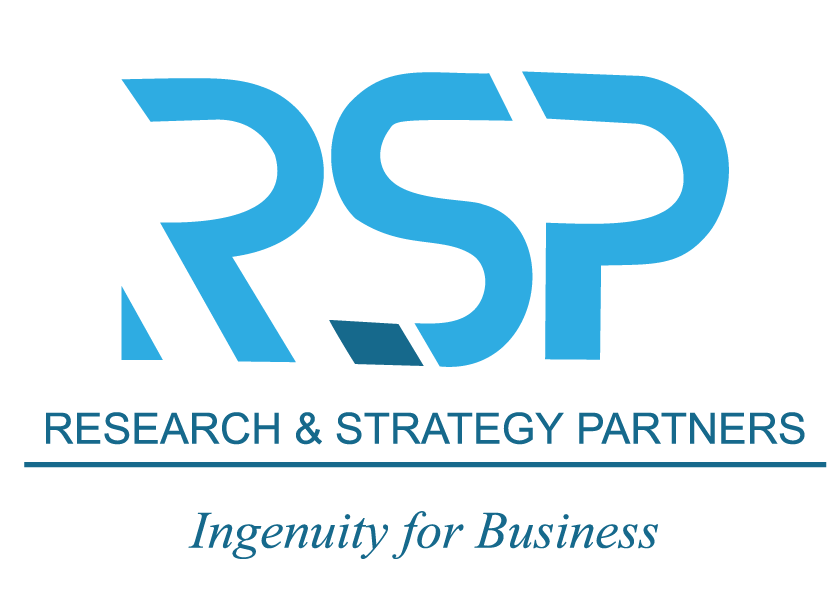Matchmaking, at its core, is about bringing the right people or entities together to foster mutually beneficial relationships. While the term is often associated with personal relationships, its principles have expanded far beyond romance to include professional and corporate matchmaking. This practice is now a vital tool for individuals and businesses seeking meaningful connections to achieve shared goals.
What is Matchmaking?
Matchmaking is the process of pairing individuals or organizations based on compatibility, shared objectives, and complementary strengths. Whether it’s finding a life partner, building a professional network, or connecting businesses for partnerships, matchmaking is a nuanced skill that combines intuition, research, and strategy.
In a corporate context, matchmaking involves identifying potential collaborations, partnerships, or client relationships. For example, a small business might seek a partner to expand into new markets, while a tech company could look for investors or collaborators to scale their innovation.
The Importance of Matchmaking
In a world where connections drive success, matchmaking plays an integral role in building bridges between people and opportunities. Here are some reasons why matchmaking is essential:
- Saves Time and Resources: Matchmaking streamlines the process of finding the right fit, whether it’s a personal connection or a business partner. It eliminates the guesswork and reduces the time spent on trial-and-error.
- Enhances Collaboration: By connecting like-minded individuals or entities, matchmaking fosters synergy, allowing both parties to leverage their strengths and achieve shared goals.
- Encourages Growth: For businesses, matchmaking can lead to partnerships that drive innovation, open new markets, and increase profitability.
- Personalization: Unlike broad-based networking or mass outreach, matchmaking focuses on creating tailored connections, ensuring better alignment and stronger relationships.
The Matchmaking Process
Matchmaking involves several steps to ensure the best outcomes for all parties involved. These include:
- Understanding Needs: The process begins with identifying the goals, preferences, and needs of the individuals or businesses seeking a match.
- Research and Vetting: Matchmakers thoroughly research potential candidates or opportunities, ensuring compatibility and alignment with the stated objectives.
- Facilitating Connections: Once a match is identified, the matchmaker facilitates introductions, helping to build rapport and establish trust.
- Follow-Up and Support: Effective matchmaking doesn’t end with an introduction. Providing support and guidance helps ensure that the relationship thrives over time.
Modern Matchmaking Tools
Today, technology has revolutionized matchmaking. Platforms and tools powered by AI and data analytics are enabling more precise matches by analyzing vast amounts of data on preferences, behaviors, and objectives. Whether it’s a dating app for personal connections or a networking platform for professionals, technology is enhancing the efficiency and effectiveness of matchmaking.
The Future of Matchmaking
As the world becomes more interconnected, the demand for personalized and strategic matchmaking will continue to grow. Businesses will rely increasingly on matchmaking to build partnerships, explore opportunities, and innovate. On the personal front, matchmaking will evolve to meet changing societal norms and expectations.
Conclusion
Matchmaking is both an art and a science, requiring a deep understanding of human relationships and the strategic use of tools and techniques. By fostering meaningful connections, matchmaking creates opportunities for growth, collaboration, and success. Whether in personal or professional spheres, the power of a well-made match can transform lives and drive progress.


Leave a Reply